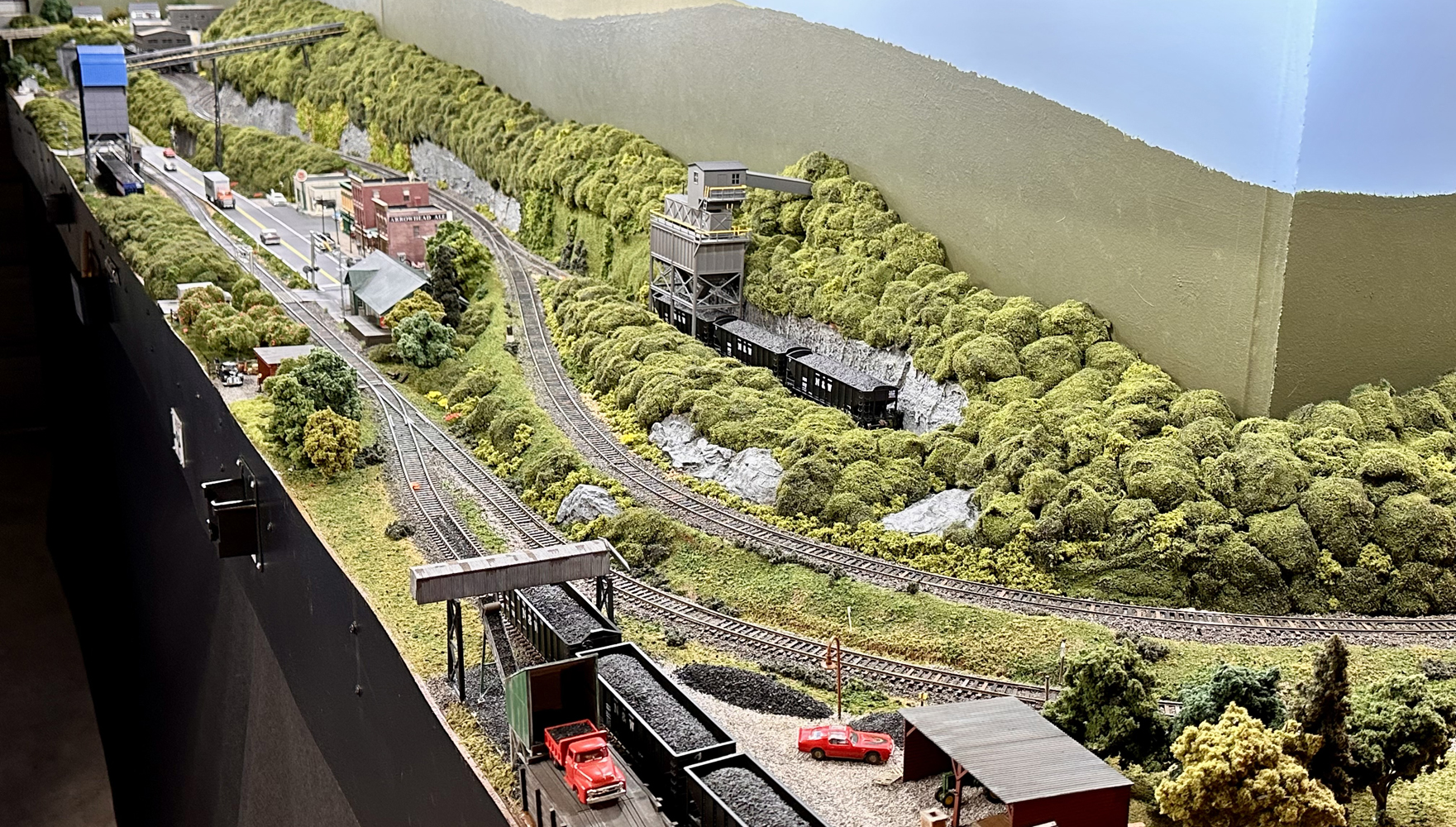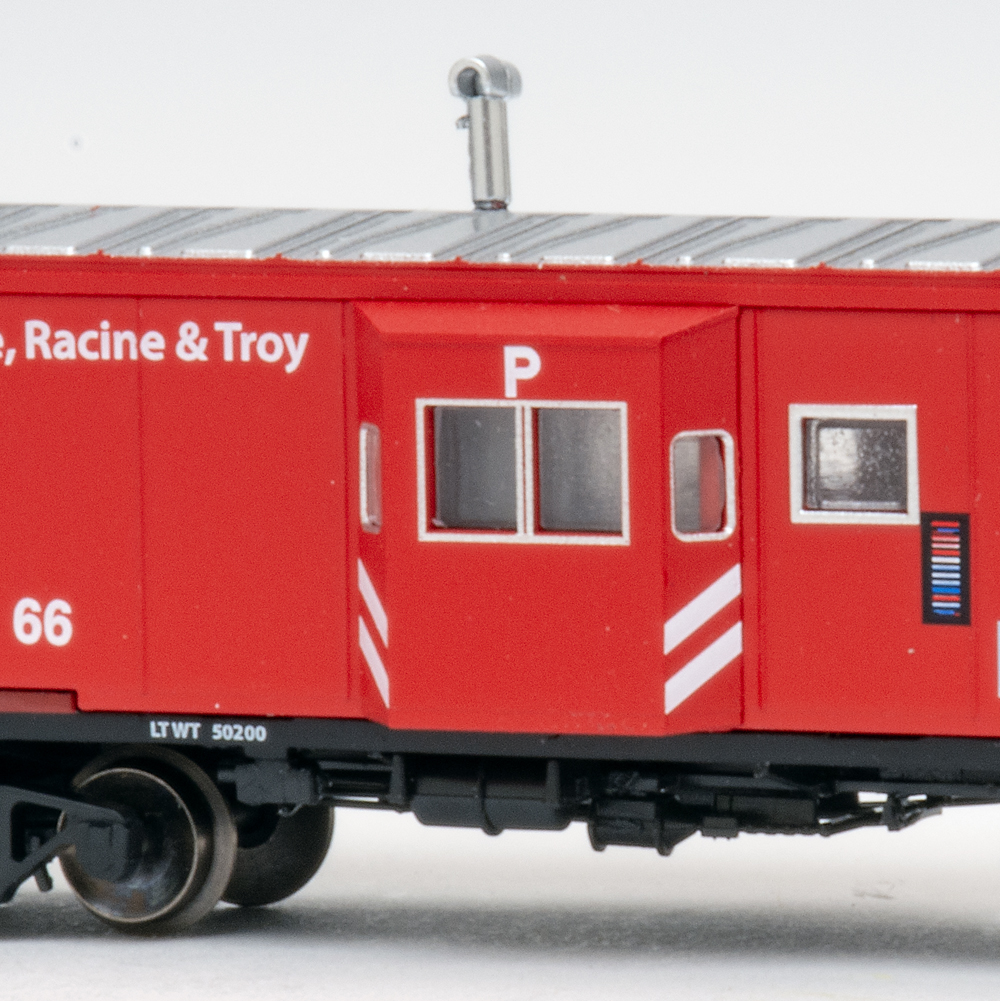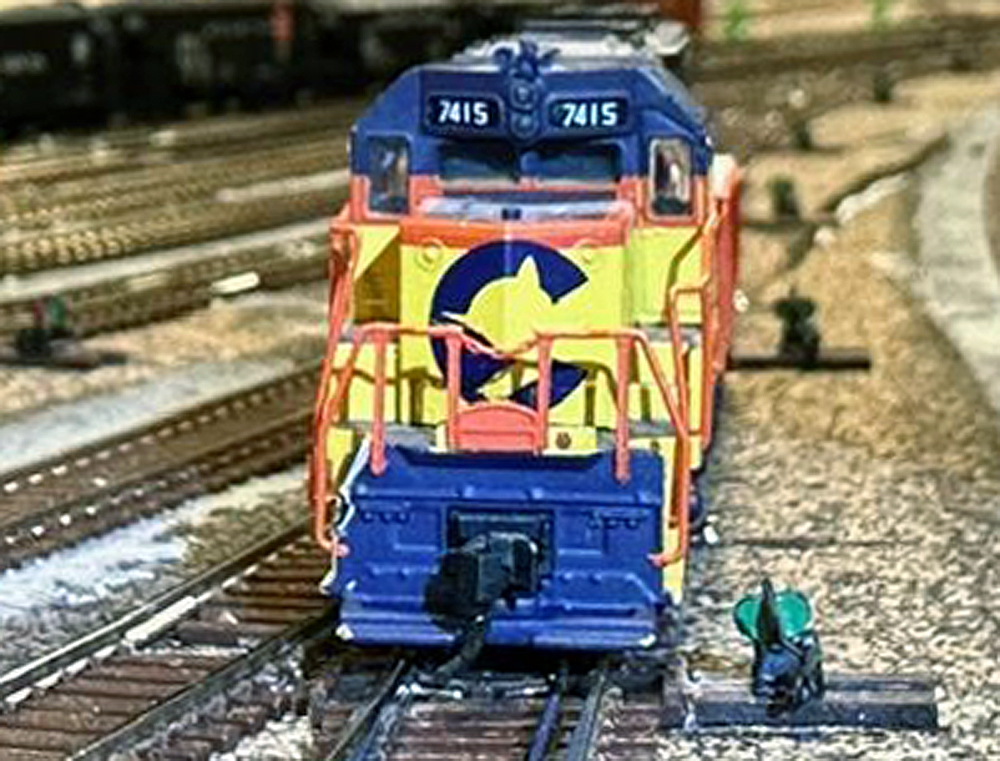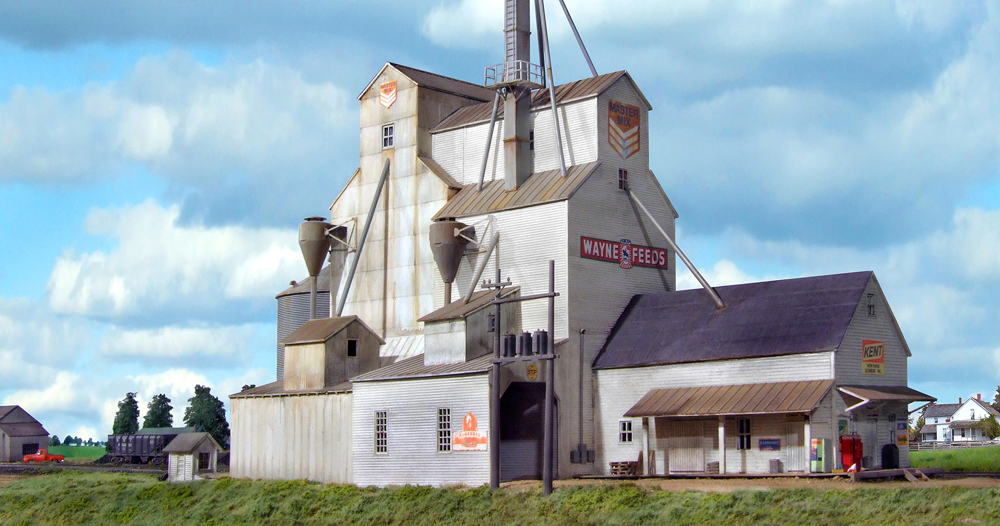Hardiness Zones are the answer to the question, “Where can I grow this plant?” If you’re planting strictly native plants, you won’t need to worry. On the other hand, your nursery plants were originally plucked from all over the world and then researchers tried to grow them in every imaginable climate. The USDA (US Department of Agriculture) compiled a list of hardiness ratings measured by the lowest average temperature at which each plant will survive with normal cultivation practices. The USDA Hardiness Zones are the standard used in Garden Railways and in most resources.
Read the tag
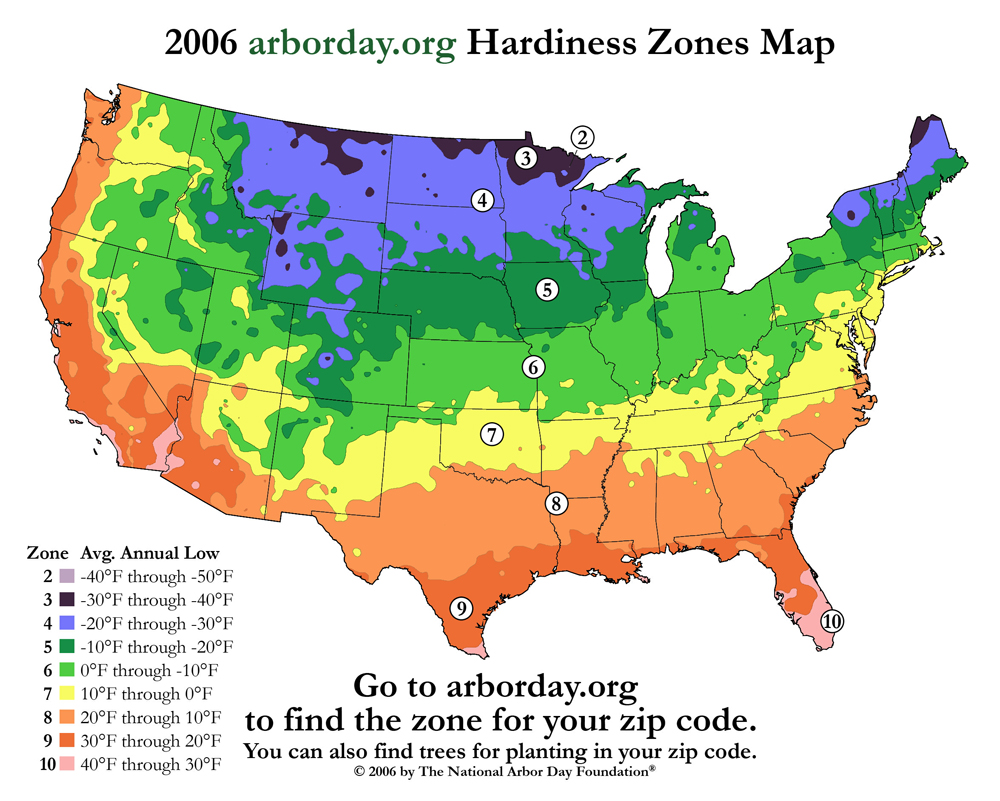
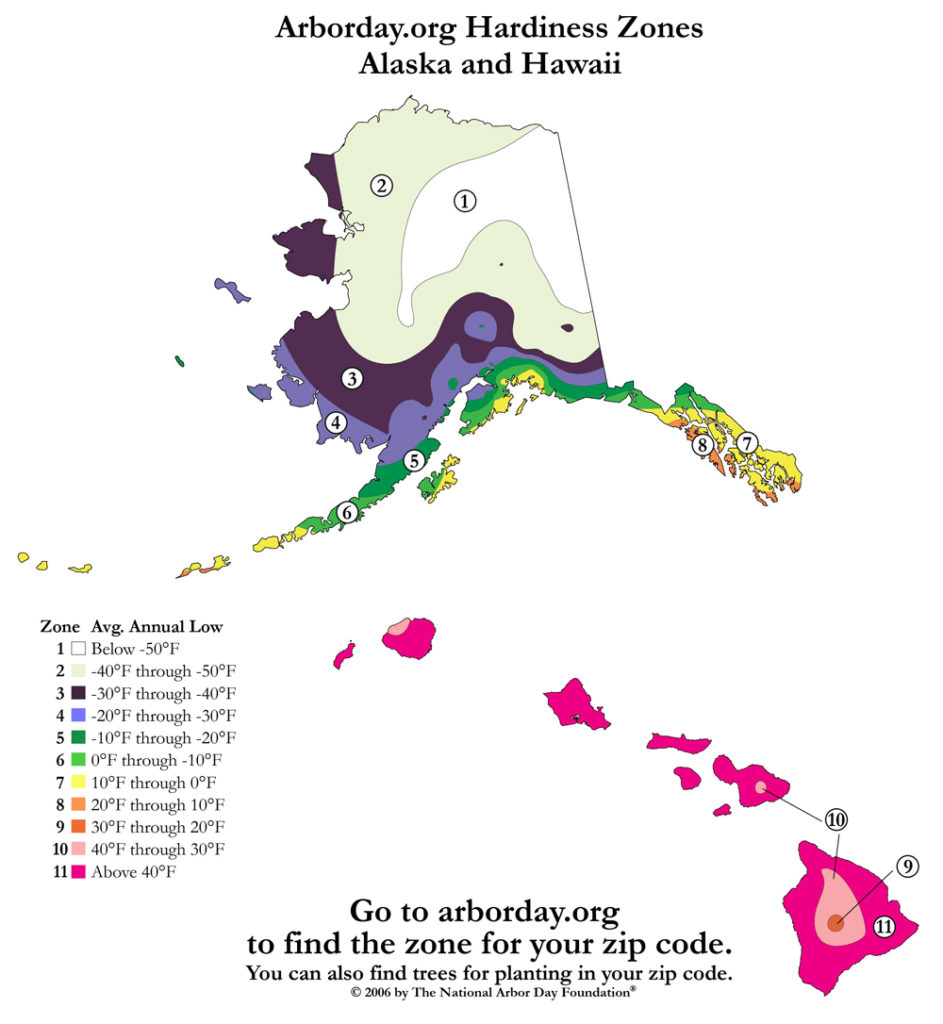
Most reputable nurseries now include an information tag on both herbaceous and woody perennials so that gardeners have a better chance of finding plants that will make it through the winter months as well as the heat of summer. The standard has always been (in the USA as well as some other countries) the USDA Hardiness Zones, from 1 to 11. Zone 1 has the coldest winter in interior Alaska and Zone 11 has the warmest winter in Hawaii’s coastal areas. Zones 2 through 10 have also been subdivided into “a” and “b” zones, so that, for example, Zone 5a has a colder average low temperature than Zone 5b. Most plant tags stick to whole numbers. The temperature ranges are averages, not assurances of minimum temperature in that zone.
These zones refer to perennials only. Annuals are expected to live only one season and are chiefly used to add color during the summer until the first killing frost, although their seeds may sprout in spring. Herbaceous perennials die to the ground in winter and their roots live on. Woody perennials are shrubs and trees.
Gardeners need to learn which hardiness zone they live in because local garden centers will play tricks on customers and offer deliciously enticing exotic perennials. Of course you want them to survive the winter, but sadly, they just don’t have it in their DNA. The honest nurseries will post a sign as I saw recently in Calgary, Alberta, “Dwarf Alberta spruce is not cold hardy here.” Savvy gardeners are willing to risk growing these plants and baby them during the coldest temperatures with mulches, burlap wraps or windbreaks of wooden tents.
Climate change
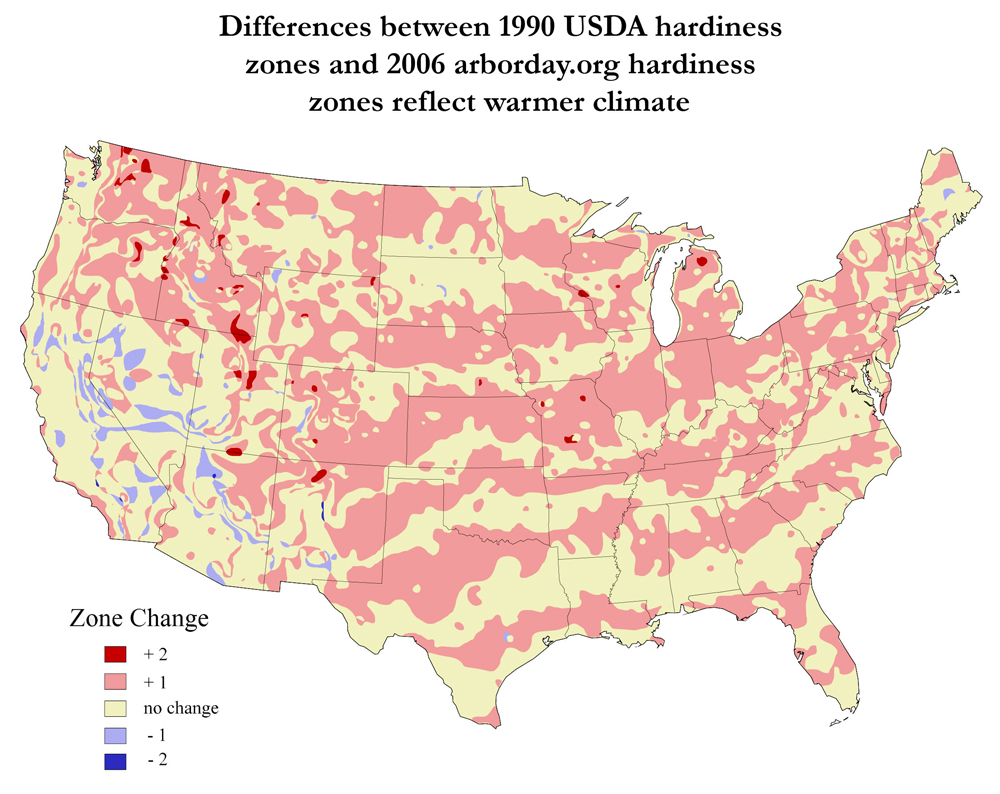
“The National Arbor Day Foundation is a nonprofit organization of nearly one million members, with a mission to inspire people to plant, nurture, and celebrate trees.” www.arborday.org Believing that planting trees will keep global temperatures from rising, this organization offers free useful information.
In 2006 the Arbor Day Foundation updated the USDA Hardiness Zones map to show the climate change since 1990. Although the plants still have the same zone rating, your town may have less severe winters and warmer summers. The maps here will show you how your area is rated for cold hardiness. If you are unsure of how to read the map or if you think you’re on the edge of a zone, go online to http://www.arborday.org/webtools/hortzones/ziplookup.cfm?RegID=1014 and plug in your ZIP code.
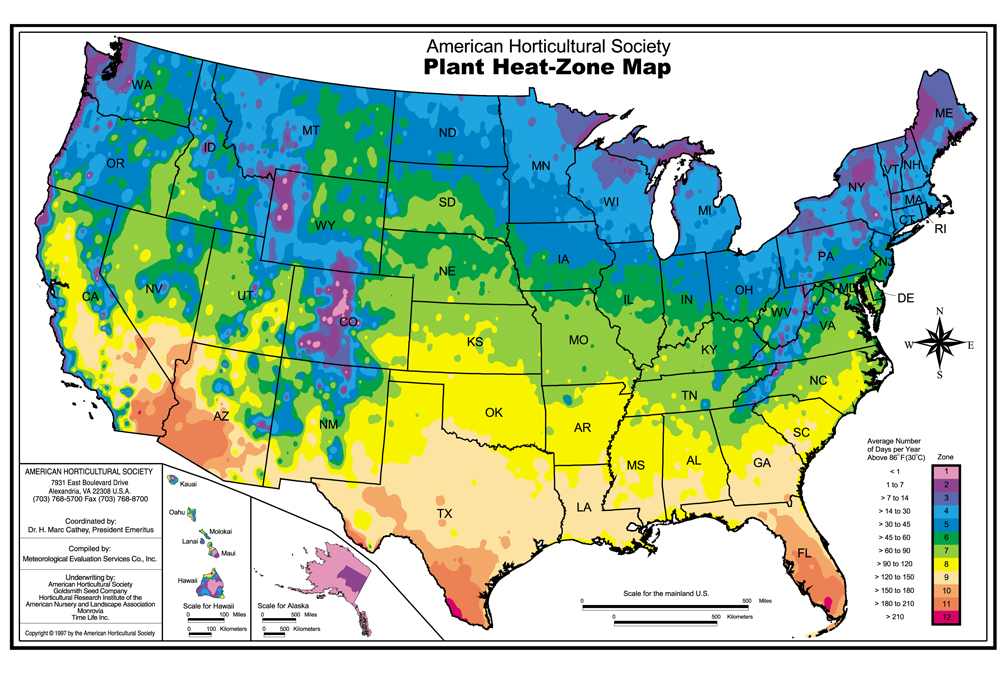
Once you know your zone, say Zone 5, and buy a plant labeled Zones 5-8, you might want to note that you’re growing it at the lowest recommended temperatures. If you live in one of the warmest zones of 9-11 and buy a plant rated for Zones 3-8, the plant may not get enough winter dormancy (rest) or survive the summer heat.
Live outside the USA?
– Here’s the link for Great Britain’s Hardiness Zones:
http://www.trebrown.com/hrdzone.html
– Europe’s map and zones are here: https://www.gardenia.net/guide/european-hardiness-zones
– Australia’s map and zones are here: http://www.anbg.gov.au/gardens/research/hort.research/zones.html
– Mexico plant hardiness zones: https://www.plantmaps.com/interactive-mexico-plant-hardiness-zone-map-celsius.php
– Canada plant hardiness zones: http://planthardiness.gc.ca/?m=1
You can type “Any country” plus “Hardiness Zone” into an online search engine to yield that country’s map and zones, if they exist. Canadian and European nurseries use the USDA Hardiness Zone criteria for ornamental plants, such as the plants discussed in Garden Railways.
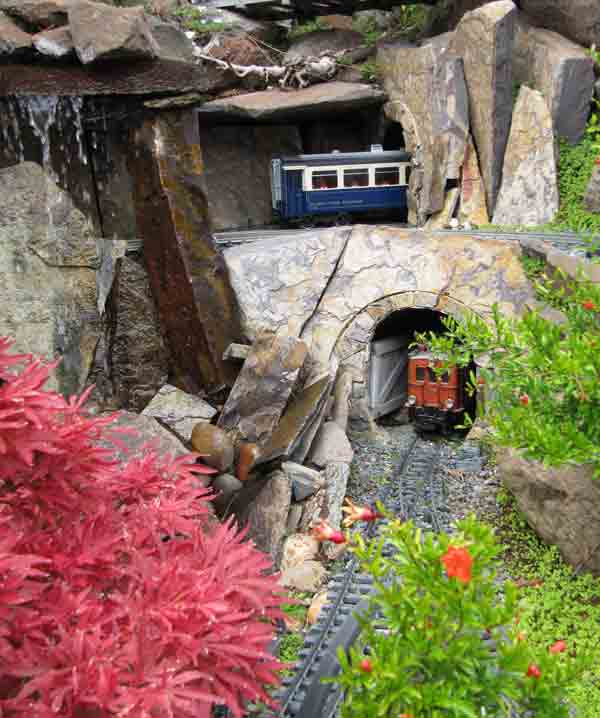
How hot?
In addition to cold hardiness zones, some plant tags (Monrovia Nursery, for example) come with heat tolerance zones, which you can find on the Plant Heat-Zone Map. This scale allows you to gauge whether you can chance it in your area. For instance, I chose a Shaina Japanese maple, which is rated okay for Heat Tolerance Zones 2-8, but I chanced it in Zone 9 (see photo). I was betting that the afternoon shade and spray from a water feature would help it thrive. Five years later, it’s fine and strong, but it does look a bit sun-dried during a rare 100-degree heat spell, which burns leaf margins (edges) brown from desiccation. This could be prevented with the application of anti-transpirants. Plants rest at night, during their respiration process, and it’s actually the hot night temperatures that exhaust the USDA Hardiness Zone 3-8 plant in Zone 9. Gardens on the coast with cool night temperatures have better luck.
Microclimates
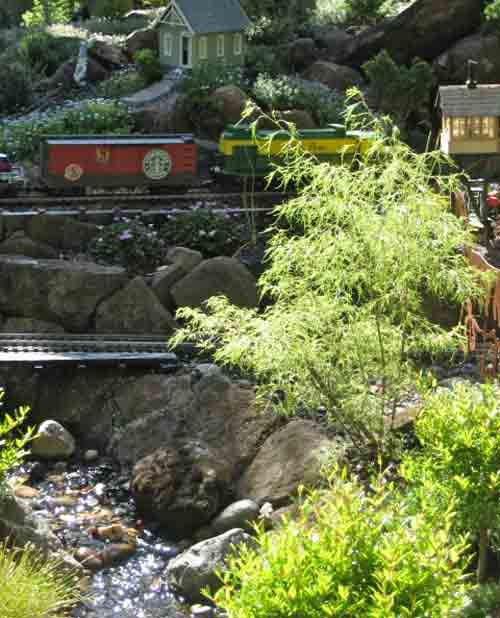
Within your hardiness zone and within your yard, microclimates lurk, ready to take your young ones. Inexplicably, plants, which are supposedly correct for your area, will wilt and die or never emerge from the ground in spring. Valleys, hills, bodies of water, wind, moisture, soil, neighboring plants, pets, and the mass of buildings are some of the conditions affecting climate in your garden. You just have to learn about your area. The nursery down the street, local garden clubs, and online blogs will tell their sad stories about what happens when nature gets the best of the garden.
Sunset Publishing Co. has done a great job of explaining microclimates created by hills and bodies of water on the US west coast. Sunset created a new rating system for that area, numbered Sunset Zones 1-24, which Sunset refers to in their books. These numbers are not used on plant tags and we will not use them in Garden Railways, which has a global readership.
In the last photo, microclimates in this yard include high-and-dry slopes, sun-baked stacked rocks, deep cool shade, high-traffic hardpan, low boggy spots, wet pools, and maybe urine-soaked soil near dog runs. If you’re looking for a cozy place to winter over a tender perennial, plant it near your house, where the climate is several degrees warmer due to residual heat loss.
Planting season
Springtime seems to awaken the gardener in all of us and then by fall, we’re busy battening down the hatches for winter. Your plants are getting ready for winter, too. Cold temperatures initiate dormancy and the tops stop growing, but some plants continue to grow underground until full dormancy, when metabolism has all but stopped.
One last suggestion for increased winter-survival is to transplant new plants in the fall or late summer. Giving new plants cooler nights but warm days allows them to get a good start setting down roots. Be sure to distress the root ball to encourage lateral rooting. After looking at great gardens all summer you should have collected a nice list of plants to buy. Nurseries often have sales in the fall and you’ll get a larger size plant than in springtime – it’s a good deal for plants and your purse.






